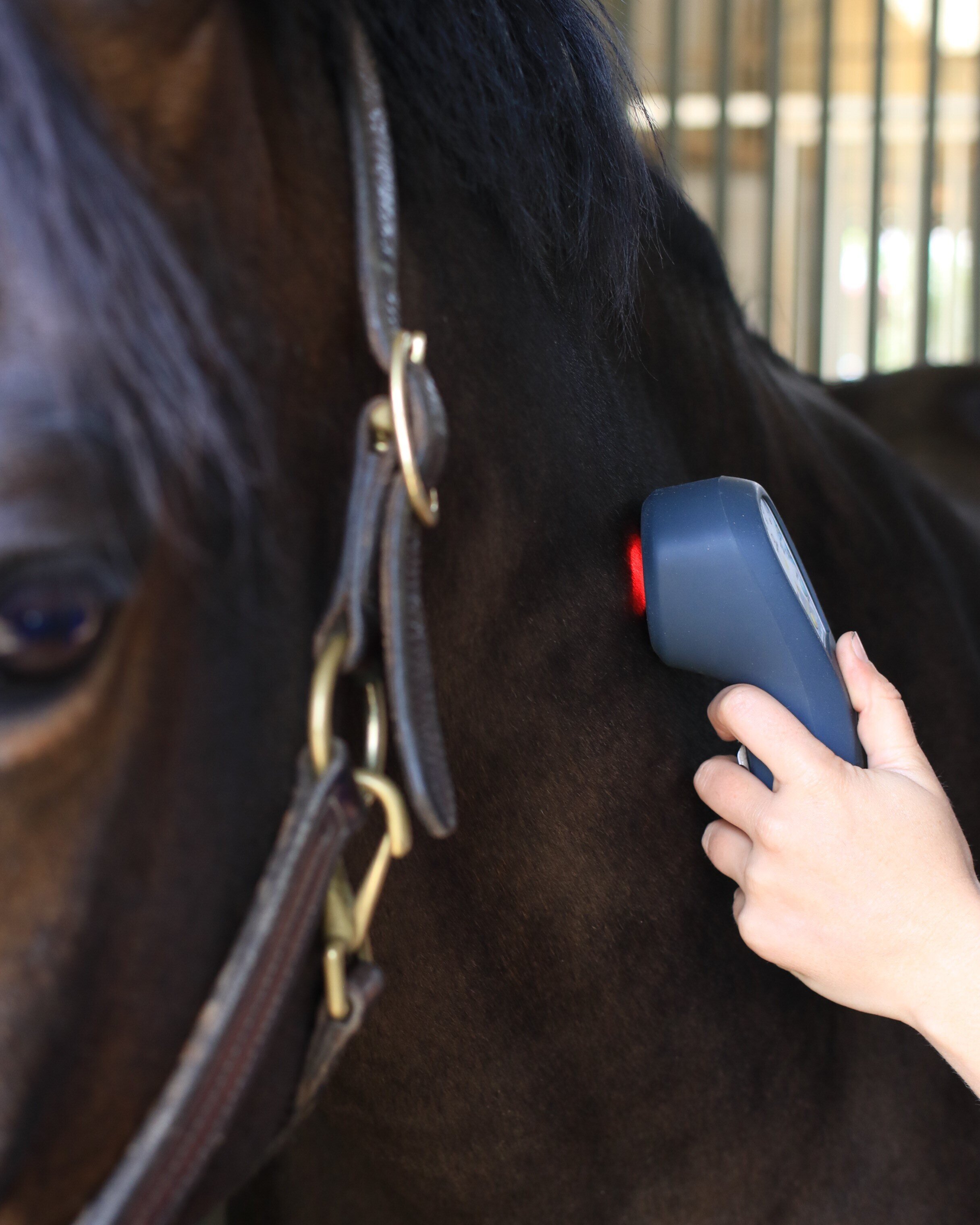Laser Treatment in Horse Therapy: A Modern Technique to Improving Equine Health
Laser therapy has emerged as a crucial strategy in equine treatment, utilizing concentrated light power to promote cellular fixing and accelerate healing from a selection of conditions. By stimulating mitochondrial activity and boosting ATP manufacturing, laser therapy not just boosts blood circulation yet additionally gives considerable discomfort relief.
Recognizing Laser Therapy
Laser therapy, a non-invasive therapy modality, has actually obtained considerable traction in equine medication due to its efficiency in advertising healing and pain relief. Boosted ATP degrees speed up cells repair procedures and reduce inflammation, making laser therapy particularly efficient for treating musculoskeletal injuries, injuries, and various other inflammatory problems in equines.
There are several types of lasers used in equine treatment, each with certain wavelengths and power outputs tailored to various restorative demands. Low-level laser therapy (LLLT), likewise understood as cold laser therapy, uses reduced power degrees to boost cell feature without creating thermal damage. High-intensity laser treatment (HILT), in contrast, uses higher power degrees to accomplish much deeper tissue penetration and even more considerable healing results.
Veterinarians use different laser gadgets and methods depending upon the condition being treated and the preferred depth of tissue penetration. Correct training and knowledge are vital for making certain the secure and efficient application of laser therapy, consequently optimizing its therapeutic possibility while lessening risks.
Advantages for Horse Health
With a strong understanding of exactly how laser treatment functions, it is vital to explore its numerous benefits for equine wellness. By promoting cellular feature, laser therapy advertises faster wound recovery and help in the regrowth of broken tissues.
Furthermore, laser therapy has actually been revealed to improve flow, thus boosting blood circulation to influenced locations. Enhanced blood circulation makes certain that crucial nutrients and oxygen are delivered a lot more successfully, assisting in the healing process. Additionally, laser treatment's anti-inflammatory results help in minimizing swelling and discomfort, which is important for the general wellness of the steed.
Discomfort monitoring is another considerable advantage. By releasing endorphins and obstructing pain signals, laser therapy provides reliable, non-invasive relief from both severe and chronic discomfort. This can contribute to enhanced wheelchair and quality of life for the animal.
Lastly, laser therapy is a non-invasive therapy option, lessening the risk of problems linked with more intrusive procedures. Its adaptability and efficacy make it an important tool in modern horse veterinary medicine.
Typical Problems Treated

An additional common condition treated with laser treatment is arthritis. Equines enduring from both acute and chronic arthritis gain from the anti-inflammatory results of laser treatment, which assists to ease pain and boost joint feature. Furthermore, laser treatment is employed in the management of wounds. Whether taking care of surgical incisions or terrible injuries, the modality advertises much faster tissue repair work and minimizes the threat of infection.
Horse respiratory system conditions, such as recurrent airway obstruction (RAO), likewise react positively to laser therapy. The anti-inflammatory residential or commercial properties of the treatment help in decreasing respiratory tract inflammation, therefore boosting respiratory system function. Laser treatment is useful in dealing with hoof issues, including laminitis and abscesses. By enhancing circulation and decreasing pain, it sustains quicker recovery.
Treatment and Safety
Implementing a knockout post laser treatment in equine treatment includes a thorough procedure to ensure both effectiveness and safety. Equine Therapy. The process begins with a comprehensive veterinary analysis to identify the viability of laser therapy for the steed's specific problem. When regarded ideal, the treatment location is prepared by cleaning and, if necessary, clipping the hair to boost laser infiltration
The practitioner has to pick the appropriate sort of laser, typically a low-level laser (LLLT) or a high-power laser (HPL), depending on the condition being dealt with. The laser tool is after that adjusted to the proper wavelength, power, and period setups. Throughout the application, the expert moves the laser over the targeted location in a systematic way, making certain consistent and also direct exposure.
Safety protocols pop over to this site are purely adhered to, including using protective eyewear for both the professional and the horse. In addition, it is important to keep an eye on the horse for any type of signs of pain or adverse responses throughout the procedure. Post-treatment, the equine is often offered a period of rest to permit the restorative impacts to materialize.

Future of Horse Laser Treatment
As innovations in veterinary medicine proceed to unravel, the future of equine laser therapy holds significant guarantee. Emerging innovations and deeper clinical understandings are set to refine and broaden the applications of laser therapy for steeds.
Furthermore, ongoing research study right into the molecular and mobile systems of laser treatment will likely generate enhanced procedures tailored to particular conditions, boosting efficiency and reducing treatment times. Personalized treatment strategies based upon hereditary and biochemical pens can come to be a fact, ensuring that each steed receives the most suitable and effective treatment.
Additionally, regulative innovations and standardization of procedures will certainly enhance the trustworthiness and dependability of laser therapy in equine technique. Equine informative post Therapy. As these developments remain to emerge, equine laser treatment is poised to end up being an indispensable part of veterinary treatment, offering improved recovery and boosted lifestyle for horses around the world
Conclusion
